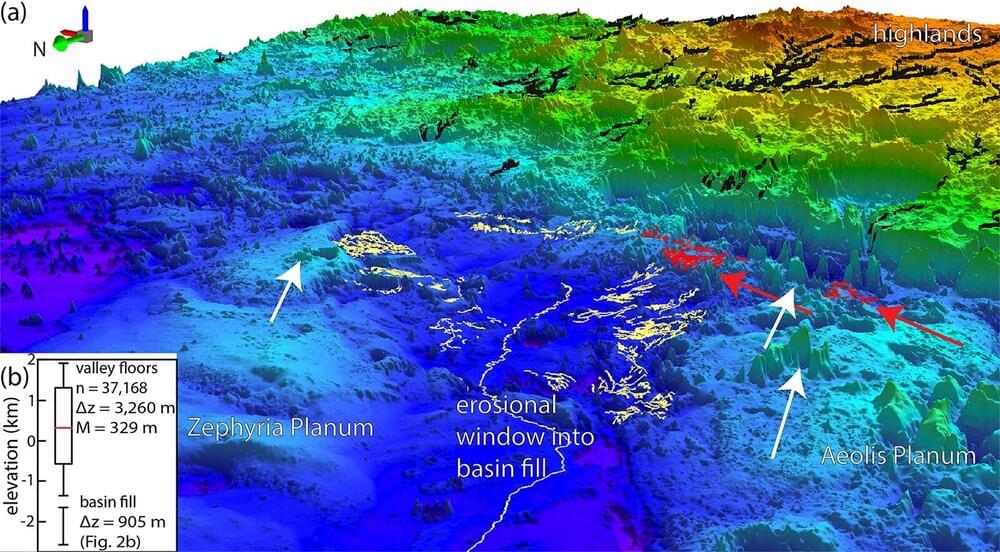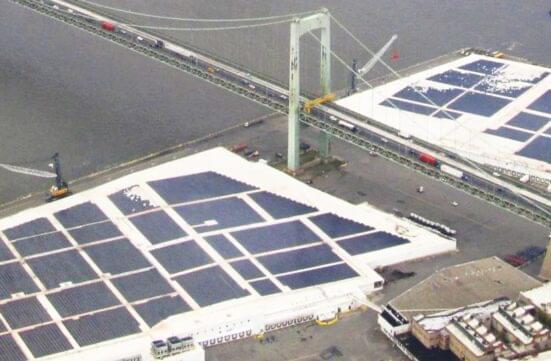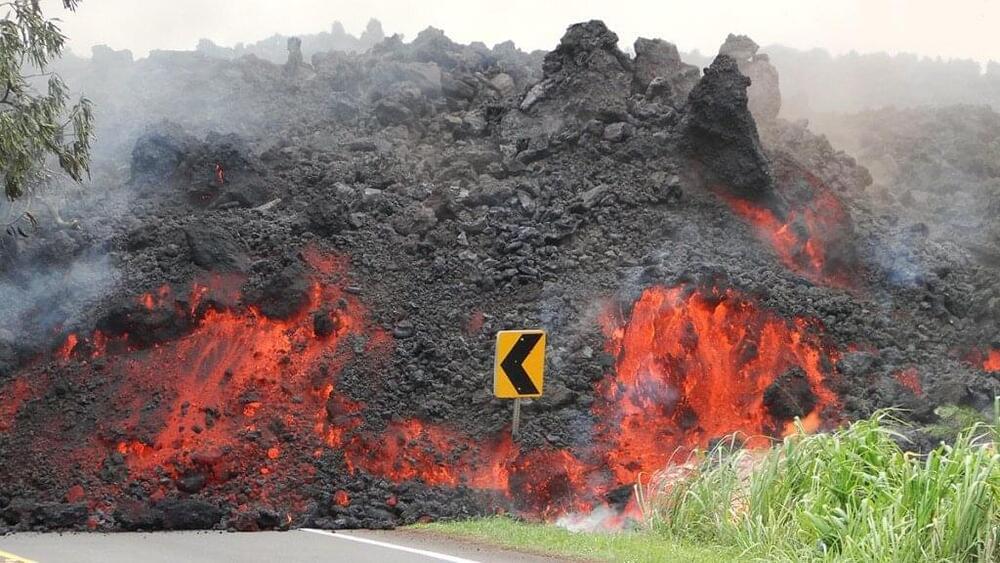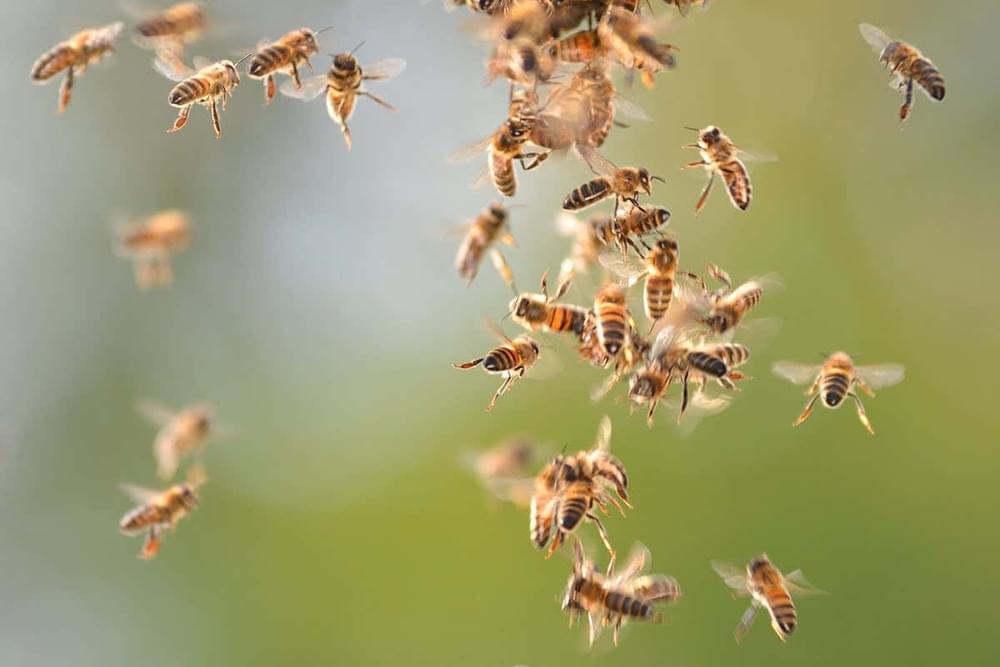Nov 4, 2022
Traces of ancient ocean discovered on Mars
Posted by Quinn Sena in categories: alien life, climatology, evolution, mapping
A recently released set of topography maps provides new evidence for an ancient northern ocean on Mars. The maps offer the strongest case yet that the planet once experienced sea-level rise consistent with an extended warm and wet climate, not the harsh, frozen landscape that exists today.
“What immediately comes to mind as one the most significant points here is that the existence of an ocean of this size means a higher potential for life,” said Benjamin Cardenas, assistant professor of geosciences at Penn State and lead author on the study recently published in the Journal of Geophysical Research: Planets.
Continue reading “Traces of ancient ocean discovered on Mars” »

















